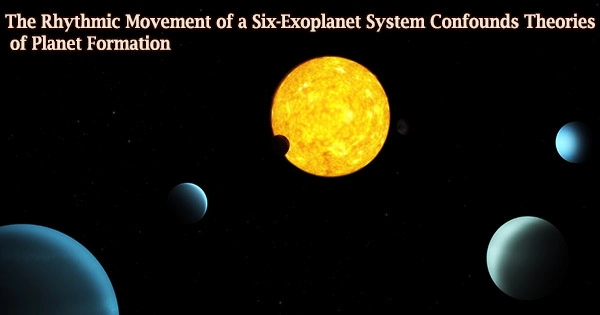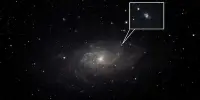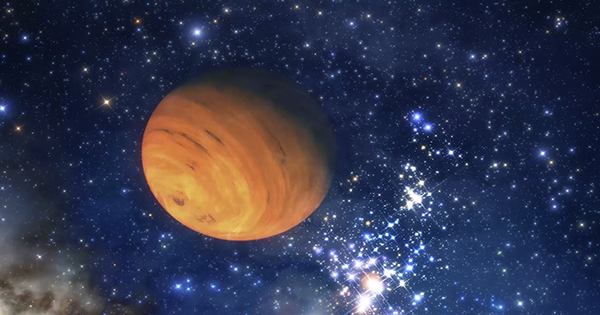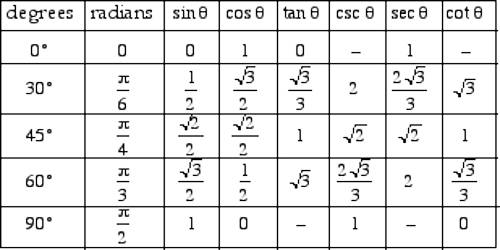Time-domain astronomy is a branch of astronomy that studies celestial objects and phenomena over time by observing changes in brightness or other properties. It is the investigation of how astronomical objects change over time. Though the study is said to have begun with Galileo’s Letters on Sunspots, the term now specifically refers to variable objects outside the Solar System.
Traditional astronomical observations involve taking snapshots of the sky at a specific point in time, whereas time-domain astronomy involves repeatedly monitoring the same objects to capture variations and transient events. With technological advancements, particularly in the development of large-scale surveys and fast cadence observations, this field has grown in importance. Movements or changes in the object itself can cause changes over time.
Common targets included are supernovae, pulsating stars, novas, flare stars, blazars, and active galactic nuclei. Visible light time domain studies include OGLE, HAT-South, PanSTARRS, SkyMapper, ASAS, WASP, CRTS, and in a near future the LSST at the Vera C. Rubin Observatory.
Here are some key aspects and examples of time-domain astronomy:
- Transient Events: Time-domain astronomy is especially useful for studying transient events, or phenomena that last only a few seconds. Supernova explosions, gamma-ray bursts, novae, and variable stars are examples of such events.
- Surveys: Large-scale sky surveys are carried out to track the entire sky or specific regions over time. These surveys can uncover new transient events, identify variable sources, and provide astronomers with a wealth of data to analyze.
- Technological Advances: Time-domain astronomy has benefited greatly from advances in observational instruments and techniques. Continuous monitoring of the sky is possible with automated telescopes, wide-field cameras, and robotic observatories, allowing for the rapid detection of transient events.
- Time-domain Facilities: Dedicated observatories and facilities, such as the Palomar Transient Factory (PTF), the Zwicky Transient Facility (ZTF), and the upcoming Large Synoptic Survey Telescope (LSST), are designed specifically for time-domain astronomy. These facilities use wide-field cameras and advanced data analysis techniques to study transient events.
- Gravitational Wave Astronomy: The detection of gravitational waves by instruments such as LIGO (Laser Interferometer Gravitational-Wave Observatory) and Virgo has ushered in a new era in time-domain astronomy. Gravitational wave events, such as black hole mergers or neutron star mergers, provide unique information about the universe and its most extreme phenomena.
Time-domain astronomy has significantly expanded our understanding of the universe’s dynamic nature, providing insights into rare and short-lived events that were previously difficult to study. It is crucial in unraveling the mysteries of astrophysical processes and improving our overall understanding of the universe.
















